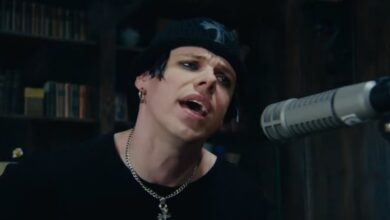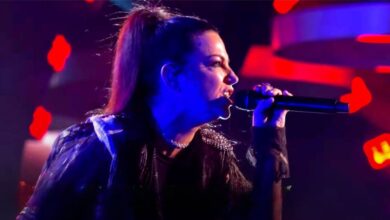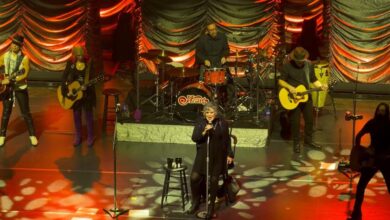Already Hailed by Many as the Video of the Year: Paris Reimagines Bohemian Rhapsody
Every so often, a tribute doesn’t just honor a song—it redefines how people experience it. That’s what unfolded in Paris on a warm July evening, where the Place de la Contrescarpe became more than a stage. It became a laboratory of sound and spectacle, turning the half-century anniversary of Queen’s “Bohemian Rhapsody” into a living, breathing experiment in collective memory. What emerged wasn’t nostalgia alone, but a reimagining of how classics can be felt in new ways.
The event on July 10, 2025, wasn’t designed like a conventional concert. Julien Cohen, the pianist and visionary behind it, framed the night as a dialogue between the familiar and the unexpected. Nearly thirty performers stitched together the song’s nine-minute journey, but rather than simply recreating it, they explored its dramatic terrain as if it were a theater piece. Each transition—from ballad to opera to rock—was staged with intent, forcing the audience to see the anthem with fresh eyes.
The setting itself became part of the storytelling. As singers leaned out from windows around the cobblestoned square, their voices ricocheted across stone facades in a way that no concert hall could ever reproduce. It felt less like a performance and more like a sonic takeover, where architecture and song conspired together. The echoes of “Galileo” didn’t just bounce; they multiplied, turning the neighborhood into an instrument of its own.
Then came a moment no script could predict. Mickey Callisto’s theatrical arrival on a horse-drawn carriage wasn’t simply spectacle—it was a provocation, asking the crowd to imagine Freddie Mercury’s flamboyance reborn in a modern context. Yet what might have been dismissed as parody was grounded by the authenticity of eleven-year-old Olly Pearson, whose guitar solos weren’t imitations but raw declarations. His playing was as much defiance as homage, showing how youth can carry a torch without being crushed by its weight.
The audience didn’t react as spectators. They became part of the current. Cheers weren’t applause so much as waves of energy feeding back into the performance, amplifying its intensity. When Pearson bent into his climactic solo, a voice in the crowd shouted prophecy: “That kid is destined to be a star!” It wasn’t just praise; it was recognition of a moment when legacy passed invisibly from one hand to the next.
What separated this tribute from countless others was its afterlife online. Julien Cohen’s camera didn’t just document; it translated the atmosphere into something portable, intimate, and endlessly replayable. When the video surfaced on September 9, the speed of its ascent—half a million views in a single day—wasn’t merely a metric. It was a signal that the performance had touched a nerve in a world hungry for communal beauty.
Online reactions revealed something deeper than nostalgia. Words like “unforgettable” and “magical” surfaced repeatedly, but beneath them lay a recognition: that this wasn’t about looking backward, but about reactivating the present. In an era where algorithms dictate taste, this unscripted street spectacle reminded viewers that serendipity and artistry can still collide to create moments beyond the reach of curation.
For those who stood in the square, the boundary between audience and performer dissolved completely. When the final chord reverberated, strangers clapped each other on the back, laughed, even embraced—proof that music, at its most potent, collapses isolation. The viral spread of the video mirrored this, as if that square in Paris had expanded outward, connecting living rooms, offices, and phones across the globe in the same wave of shared wonder.
What lingers now isn’t simply the memory of a tribute, but the evidence of music’s mutinous power. In a time obsessed with speed and distraction, a nine-minute anthem carved silence, focus, and unity out of thin air. It reminded those present—and millions watching later—that true artistry doesn’t just entertain. It reorganizes the world for a moment, makes strangers kin, and proves that even fifty years on, a song can still feel like the future.





